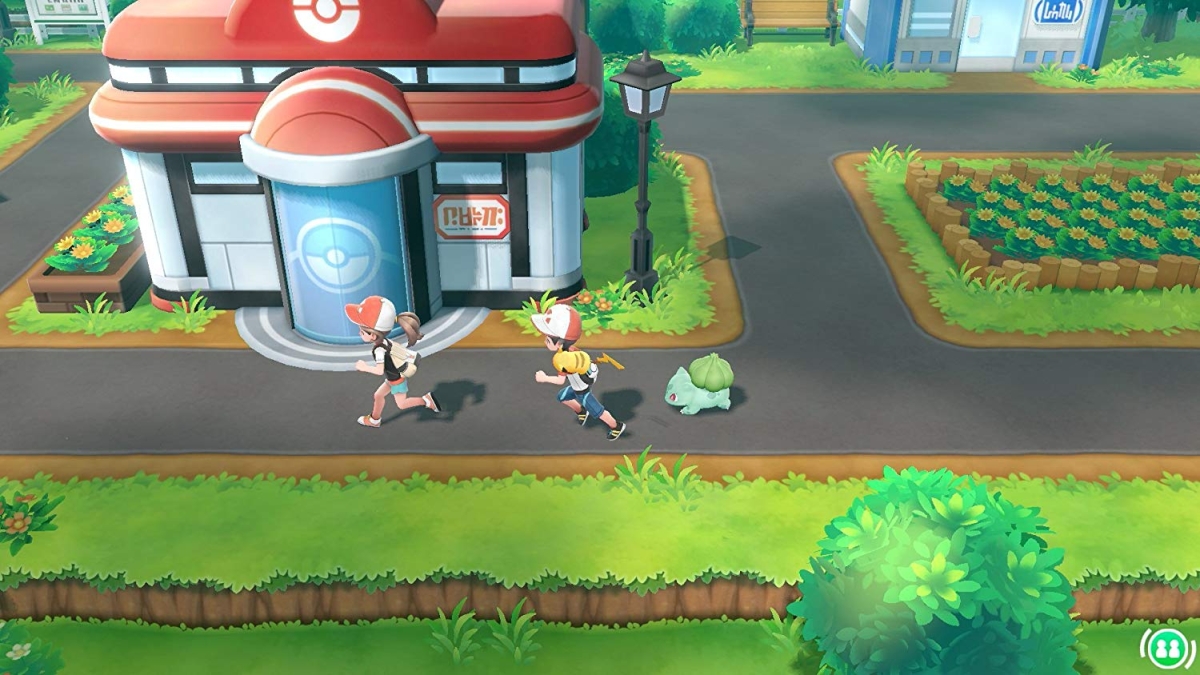Family Condemns San Diego Police Shooting of Kevin Garcia,19; Authorities Initially Mistook BB Gun for Firearm
SAN DIEGO – The fatal shooting of 19-year-old Kevin Garcia by San Diego police on Friday has ignited a firestorm of controversy,with Garcia’s family vehemently disputing the official account and alleging an unjust use of force. The incident, which unfolded in the city’s Stockton neighborhood, has raised serious questions about police tactics and the handling of individuals with mental health challenges, issues that resonate deeply within the American landscape of law enforcement and civil rights.
According to initial reports,police responded to a call reporting a man pointing a handgun at another individual. The ensuing 40-minute standoff culminated in officers firing multiple rounds into a vehicle occupied by Garcia and a female passenger. While authorities initially stated that a black handgun was recovered from the scene, they later clarified that the weapon was, in fact, a BB gun. This revelation has fueled accusations of a rush to judgment and excessive force, echoing similar incidents across the U.S. that have sparked nationwide debates on police accountability.
“Authorities initially claimed they found a black handgun in the car, but later investigators said they learned it was actually a BB gun.”
Yazmyn Garcia, 23, and Miguel Garcia, 24, have identified their younger brother, Kevin Garcia, as the individual fatally shot.Speaking through a translator, Yazmyn conveyed the family’s anguish and their desperate desire to bring Kevin’s body back to their home country of Mexico for burial, a cultural tradition deeply crucial to many immigrant families in the U.S.
“All she wants to know, she said, is where her brother is so she can see him. The family wishes to take his body back to his home country of Mexico to be buried, yazmyn added.”
Conflicting Accounts and Demands for Openness
The family’s narrative directly contradicts the police account. Yazmyn stated that, according to the woman present in the car with Kevin during the standoff, Kevin was unarmed. This discrepancy intensifies the call for a thorough and transparent inquiry. The San Diego Sheriff’s Department, tasked with investigating the shooting per county protocol, has yet to release the deceased’s name, citing the need to notify next of kin. however, this delay has only amplified the family’s frustration and fueled public skepticism.
The incident unfolded after a pedestrian alerted a San Diego police sergeant to a man allegedly brandishing what appeared to be a black handgun near the intersection of K and 31st streets.Officers located Garcia in a parked car, with a female passenger, near the Bethel AME Church. What followed was a negotiation attempt, the deployment of pepper balls, and ultimately, the deadly use of force.
Sheriff’s Lt.Juan Márquez stated the initial report came when a pedestrian flagged down a San diego police sergeant, saying they had seen a man pointing a black handgun at another person near the intersection of K and 31st streets.
The use of pepper balls, a less-lethal weapon, prior to the use of deadly force is a common tactic in U.S. law enforcement. However, its effectiveness and the potential for escalation are often debated. In numerous cases across the country, the deployment of such tactics has been criticized for provoking unintended consequences, especially when dealing with individuals experiencing mental health crises.
A Community Mourns and Protests
In the wake of the shooting, dozens of protesters gathered near the Bethel AME Church, transforming the site into a makeshift memorial adorned with candles, balloons, and signs demanding “Justicia” and an end to racism. The scene underscored the deep-seated tensions between law enforcement and minority communities, a recurring theme in American society. The signs reading “Am I next?” reflect a palpable fear and a demand for accountability.
Yazmyn poignantly described Kevin as a “loving and caring person,” while also acknowledging his struggles with mental health and substance abuse. Her assertion that police should have responded differently highlights the critical need for de-escalation training and mental health awareness among law enforcement officers – a growing demand across the nation,exemplified by initiatives like Crisis Intervention Training (CIT) programs adopted by police departments in cities like Memphis and Seattle with the goal of emphasizing the proper response to mental health emergencies.
Yazmyn described Kevin as a loving and caring person with his family and friends, “a person with a beautiful heart.” She added in a social media post that her brother struggled with psychological issues including depression and drug use, and police should have treated him differently.
| Key Issue | Details |
|---|---|
| Disputed Weapon | Initial reports claimed a handgun; later identified as a BB gun. |
| Family’s Account | Claims kevin Garcia was unarmed and did not point a weapon. |
| Investigation Status | Ongoing investigation by the San Diego Sheriff’s Department. |
| Community Reaction | Protests demanding justice and police accountability. |
Broader Implications and the Call for Reform
This incident arrives amid ongoing national conversations about police reform, notably concerning the use of force against marginalized communities and individuals experiencing mental health crises. The shooting of Kevin Garcia serves as a stark reminder of the urgent need for complete reforms that prioritize de-escalation, mental health support, and community engagement. Examples range from the establishment of independent civilian review boards to enhanced training programs focused on implicit bias and cultural sensitivity that have been launched in jurisdictions such as Chicago and New York City.
The Garcia family’s plea for answers and their desire to repatriate Kevin’s body to Mexico highlights the often-overlooked cultural dimensions of such tragedies. For many immigrant families, the ability to honor their loved ones according to their traditions is a deeply held value, and any obstacles in this process can compound their grief and sense of injustice.
as the investigation unfolds, the focus will inevitably shift to the actions of the officers involved, the protocols followed, and the broader systemic issues that may have contributed to this tragic outcome. The pursuit of justice for Kevin Garcia will likely become a rallying cry for police reform advocates in San Diego and beyond, adding another chapter to the ongoing struggle for accountability and equity in American law enforcement. the U.S. Department of Justice may also take an interest in this case, dependent on the findings of the investigation.
What are the most crucial steps toward police reform in the wake of incidents like the Kevin Garcia shooting?
Interview: Police Shooting of Kevin Garcia – Expert Analysis on Force & Reform
Archyde News Editor, [Date]
Examining the Fatal Shooting of Kevin Garcia: An Interview with Dr. Anya Sharma, Criminology Expert
In the wake of the tragic shooting of Kevin Garcia by San Diego police, Archyde News spoke with Dr. Anya Sharma, a leading criminologist specializing in police use of force and community relations, to provide expert analysis on the case and its broader implications.
The Shooting and Initial Reports
Archyde News: Dr. Sharma, thank you for joining us. The details surrounding the shooting of Kevin Garcia are still emerging. What are your initial thoughts on the situation, notably the initial misidentification of the BB gun for a firearm?
Dr.Sharma: Thank you for having me. The misidentification of the weapon is a critical point. It immediately raises concerns about the officers’ perception and decision-making. When a perceived threat turns out to be something less risky, it inherently questions the necessity and the proportionality of the force used. This misidentification highlights the importance of accurate threat assessment training and the potential for devastating outcomes when errors occur. we also need to consider the timeframe in which the officers had to react and the level of stress involved.
Use of Force and De-escalation Techniques
Archyde News: The article mentions the employment of pepper balls before deadly force. How do you evaluate the use of such “less lethal” weapons in these circumstances?
Dr. Sharma: While pepper balls are intended as a less lethal option, their effectiveness can be unpredictable, and they can also escalate a situation. In cases involving individuals with mental health issues, as suggested in the reporting, de-escalation tactics are paramount. This involves verbal communication, patience, and the ability to recognize signs of distress and mental instability. It appears, based on initial reporting, that the family acknowledges that Kevin Garcia struggled with mental health issues. These factors should have influenced the officers’ approach and strategy.
Archyde News: the article also notes conflicting accounts. The family claims Kevin was unarmed. What is the importance of a transparent investigation in such cases?
Dr. Sharma: Transparency is absolutely crucial. Conflicting accounts fuel distrust and suspicion. A thorough and transparent investigation, conducted by an self-reliant body where possible, is essential to ascertain the facts. This includes body camera footage review,witness interviews,and forensic analysis. The delay in releasing the deceased’s name, as mentioned, can also negatively impact public perception and further erode trust in the police.
Mental Health, Community, and Reform
Archyde News: Yazmyn Garcia mentioned that her brother struggled with mental health. How might the presence of mental health concerns change the dynamics of a police encounter, and how can law enforcement better prepare?
Dr.Sharma: Mental health is a notable factor in many police encounters. Officers need specific training and resources to handle individuals in crisis. This includes recognizing the symptoms of mental illness, understanding de-escalation techniques tailored to mental health episodes, and knowing when to call for mental health professionals or crisis intervention teams.Crisis Intervention Training (CIT) programs, that the article mentioned are quite important such as. It seems like more resources are needed for these types of programs.
Archyde News: Protests have already begun. This highlights the ongoing tensions between law enforcement and minority communities, even in San Diego. What systemic changes can lead to positive community relations and greater accountability?
Dr. Sharma: Several systemic changes are needed. I’ve seen good results in other cities that include comprehensive officer training programs that focus on implicit bias and cultural sensitivity, the implementation of independent civilian review boards to investigate complaints and allegations of misconduct, and the development of community policing initiatives aimed at fostering trust and collaboration with the communities. The goal is to make sure that community’s have access to the tools and resources they need to be supportive and connected, which can lead to better police-community relationships. These types of tools can help law enforcement officials in their jobs.
The Road Ahead
Archyde News: This case has very serious implications. Where do you see the case going from here and what are the immediate and long-term impacts?
Dr.Sharma: Immediately, the investigation into the shooting must be conducted thoroughly and transparently, keeping the family and the community informed.Long-term, there needs to be an assessment of police protocols, training, and community engagement strategies. The outcome could influence future policies and procedures, potentially leading to reforms in use-of-force policies, mental health response protocols, and the development of a culture of accountability. It will surely bring additional scrutiny to officers on the ground, in any kind of potentially violent engagement. It is still unclear what happened, but a whole series of changes could come about depending on the investigation’s results.
Archyde News: Thank you, Dr. Sharma, for your insightful analysis. It’s clear there are many layers to this tragedy.
Dr. Sharma: Thank you for having me. Its very important for us to discuss these issues.I appreciate the chance to speak with you about.
Readers, what do you think are the most crucial steps toward police reform in the wake of incidents like the Kevin Garcia shooting? Share your thoughts in the comments below.







